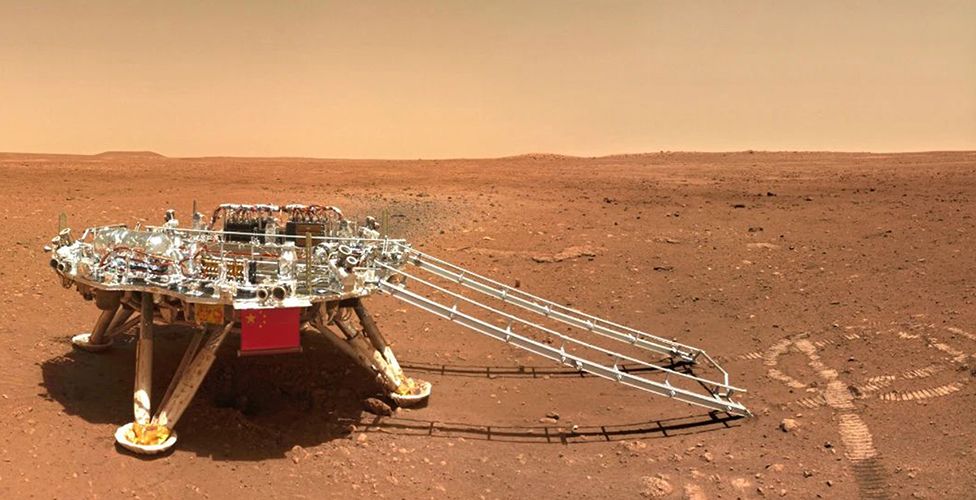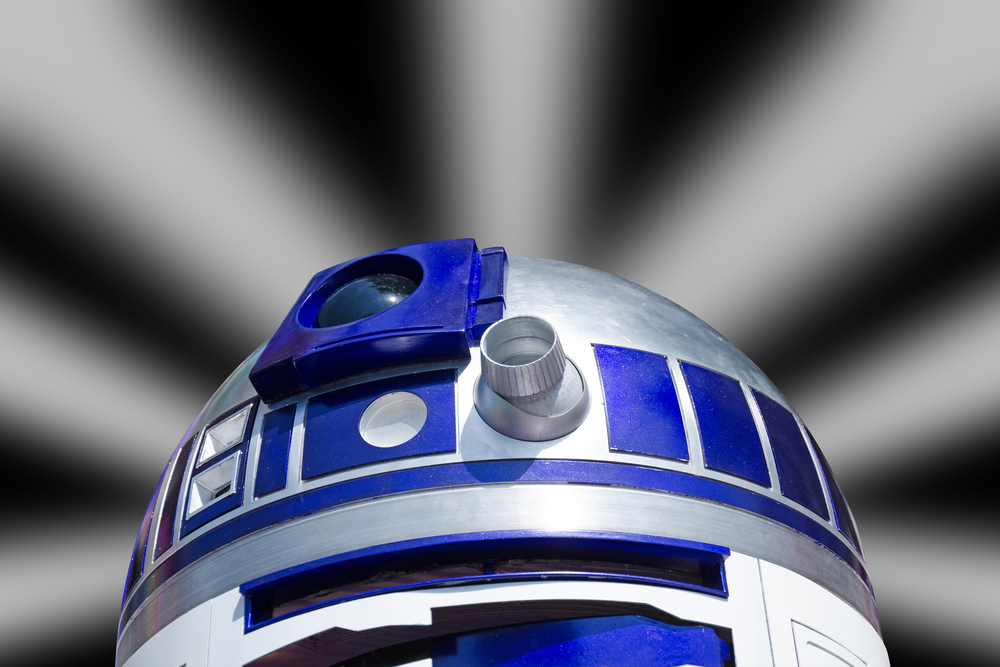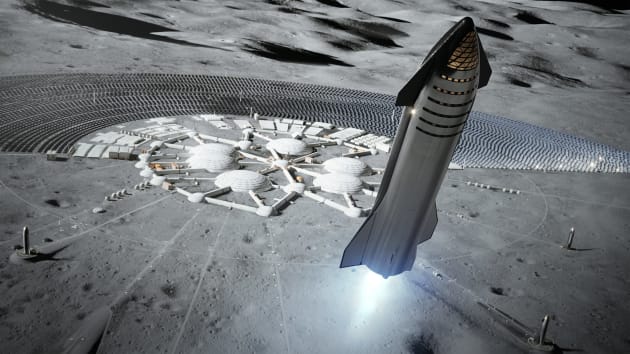
Paul Kostek, IEEE senior member and advisory system engineer at Air Direct Solutions, argues humanity still has a way to go to match Star Wars
Back in 2015, I wrote about Star Wars Tech and when we would see it in our world.
There is still no Death Star, but we are slowly adopting more and more robotic and artificial intelligence (AI) technology.
Both are becoming more present in our daily lives, with the expansion of robotics from manufacturing, to food prep, and into healthcare such as robotic surgery.
Indeed, the use of robotic systems has expanded in space with both commercial and countries sending landers to the Moon and Mars.

From chatbots to droids
This year saw the introduction of ChatGPT, and an explosion of AI use in many fields. Although ethical questions such as whether students could or should use AI remain, many industries are finding it to be a useful way to complete tedious work.
While not a six foot tall gold robot, AI has been in use for several years in phone-based apps for translation. As people get more comfortable with chatbots, we can expect to see them embedded in robotic systems.
For example, we could see robots in a hospital delivering medication and then having a conversation with the patient about said medication. Think R2D2 type robot able to speak the local language.

While we do not have Landspeeders yet, we are seeing the continued development of autonomous vehicles, both for ground and air.
Driverless taxis are appearing in cities such as Las Vegas and the advent of Urban Air Mobility (UAM) is approaching as several companies, with airline partners looking to improve travel between airports and downtowns.
Sophisticated space activity
Space activity has also changed dramatically since 2015, with reusable space vehicles becoming the norm.
Just like Star Wars where transport vehicles such as the Millennium Falcon were used over and over again, both Space X and Blue Origin have demonstrated that launch vehicles can successfully be re-used.
Although not as cool as a Millennium Falcon, several other companies are also developing reusable vehicles and changing the dynamics of space launches overall.
Spaceports are being created around the world, providing increased opportunities for companies, countries, and colleges to launch payloads. We are also moving closer to the dream the Space Shuttle never achieved, which includes frequent trips to space to build new space stations, maintain satellites, and support longer range operations to the Moon and Mars.
With plans progressing to replace the existing International Space Station (ISS) with several stations, these commercial operations will be used for research, manufacturing, and tourism. This includes deploying a station around the Moon to support lunar operations and serve as a staging location for Mars flights.

When it comes to the Death Star and related weapons, the estimated cost in 2015 to build a Death Star was $850,000,000,000,000,000 (£560,835,371,909,946,940), an impossible number to reach.
Considering space is splintering into commercial and government driven operations, the likelihood of creating such a vehicle is not viable in today’s world.
The Death Star Wikipedia page defines the size, propulsion, weapons, and crew capacity, which proves we are not close to the technologies, population to operate, or the funds build such a system.
While there may need to be a system developed to protect the Earth from asteroids and other space debris, no other reason has been found to create such a large-scale project.
Weapons in space are the next issue that needs to be addressed by Earth’s nations. Several anti-satellite tests have resulted in not just the destruction of targets, but the generation of debris that put satellites and space systems such as the ISS at risk.
Managing space above Earth is one of today’s biggest challenges.
The commercialisation of space will continue to lead us closer to Star Wars technology as companies work with governments to take on exploration, development of space stations, and increased communications.
In addition, we can expect more Earth monitoring through LEO satellite constellations, as well as manufacturing into space and mining of the Moon and Mars.
All of these activities will increase technological developments and opportunities to experience some level of Star Wars Tech.
Paul Kostek, IEEE senior member and advisory systems engineer with Air Direct Solutions LLC (infrastructure)


